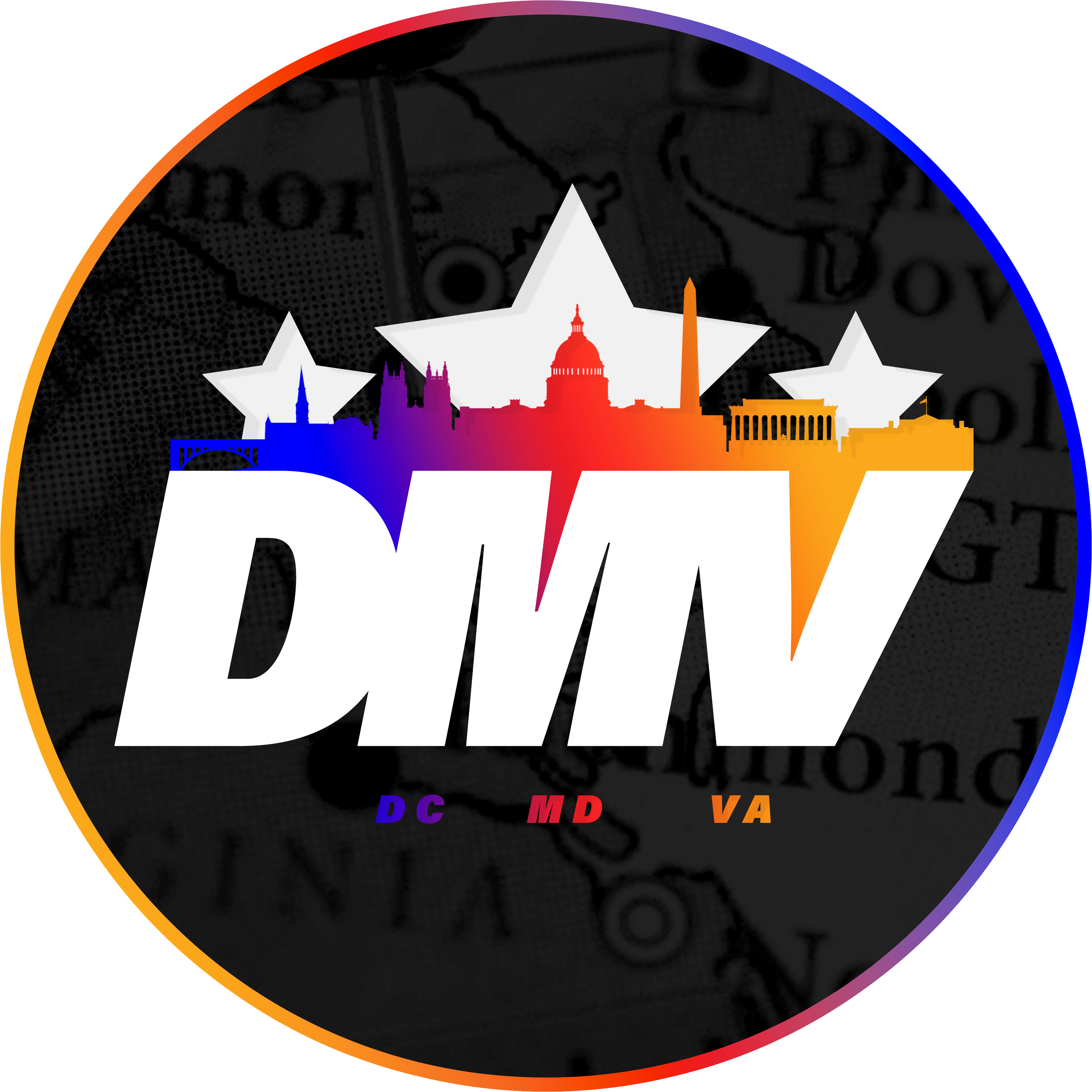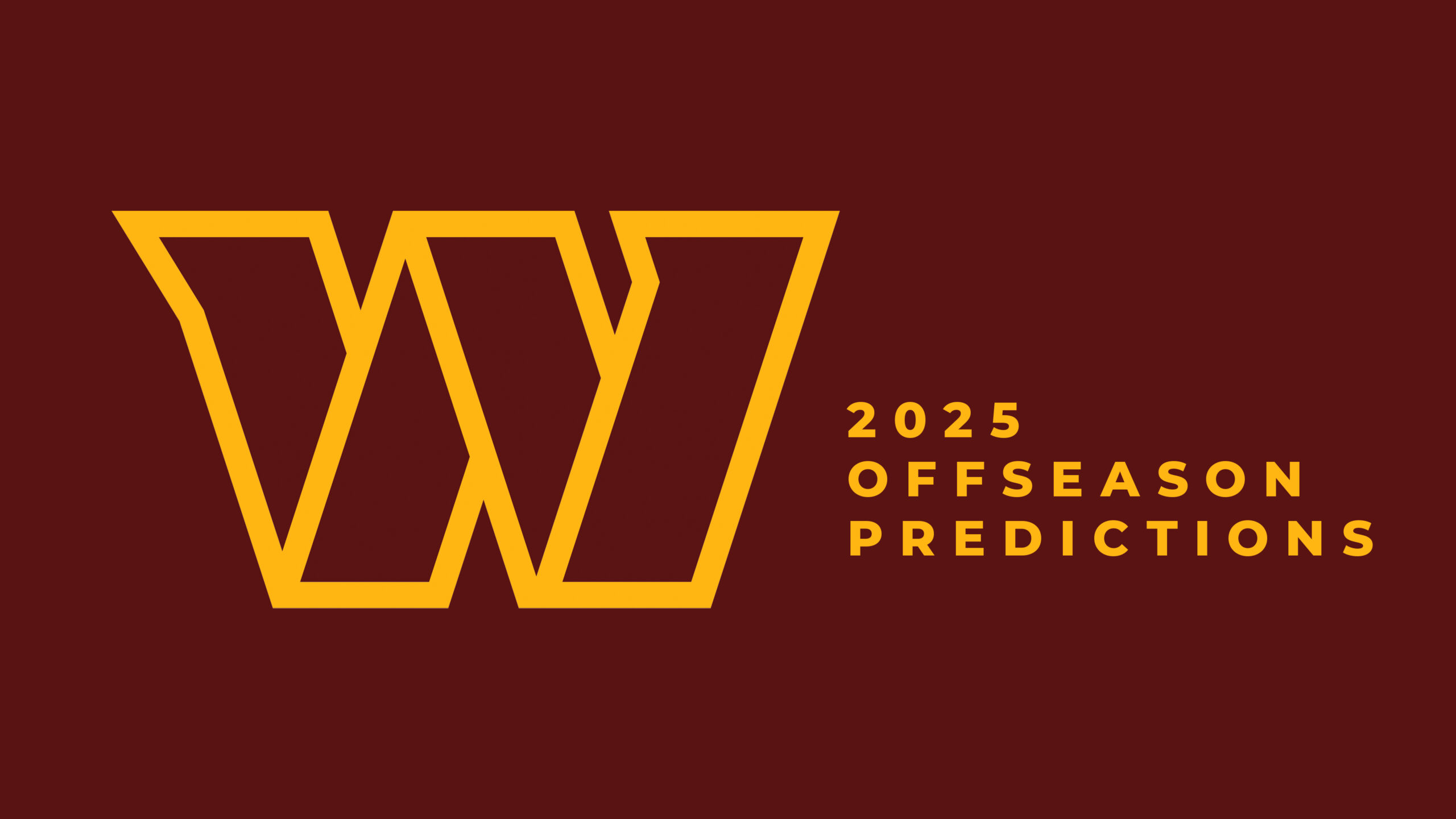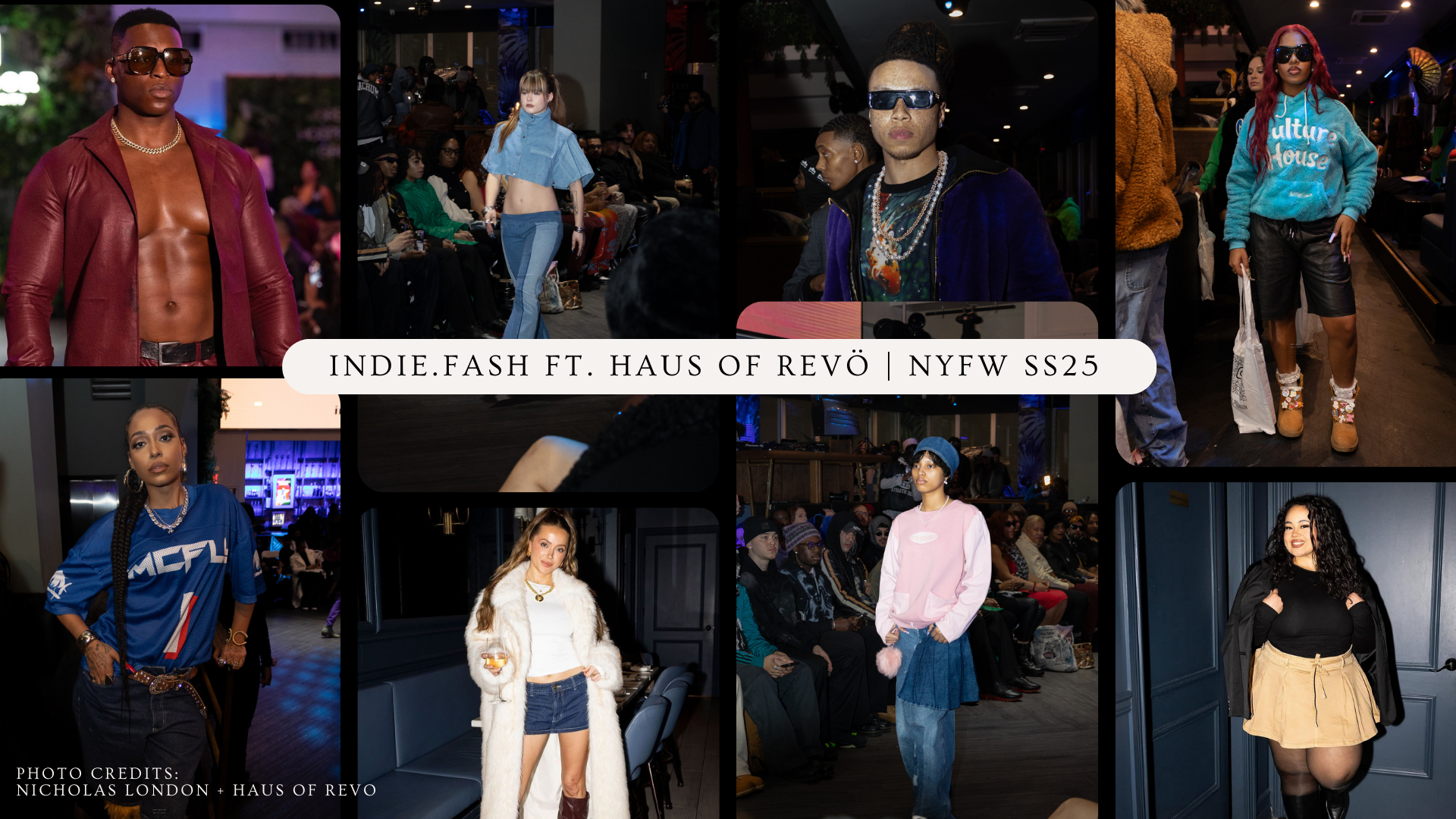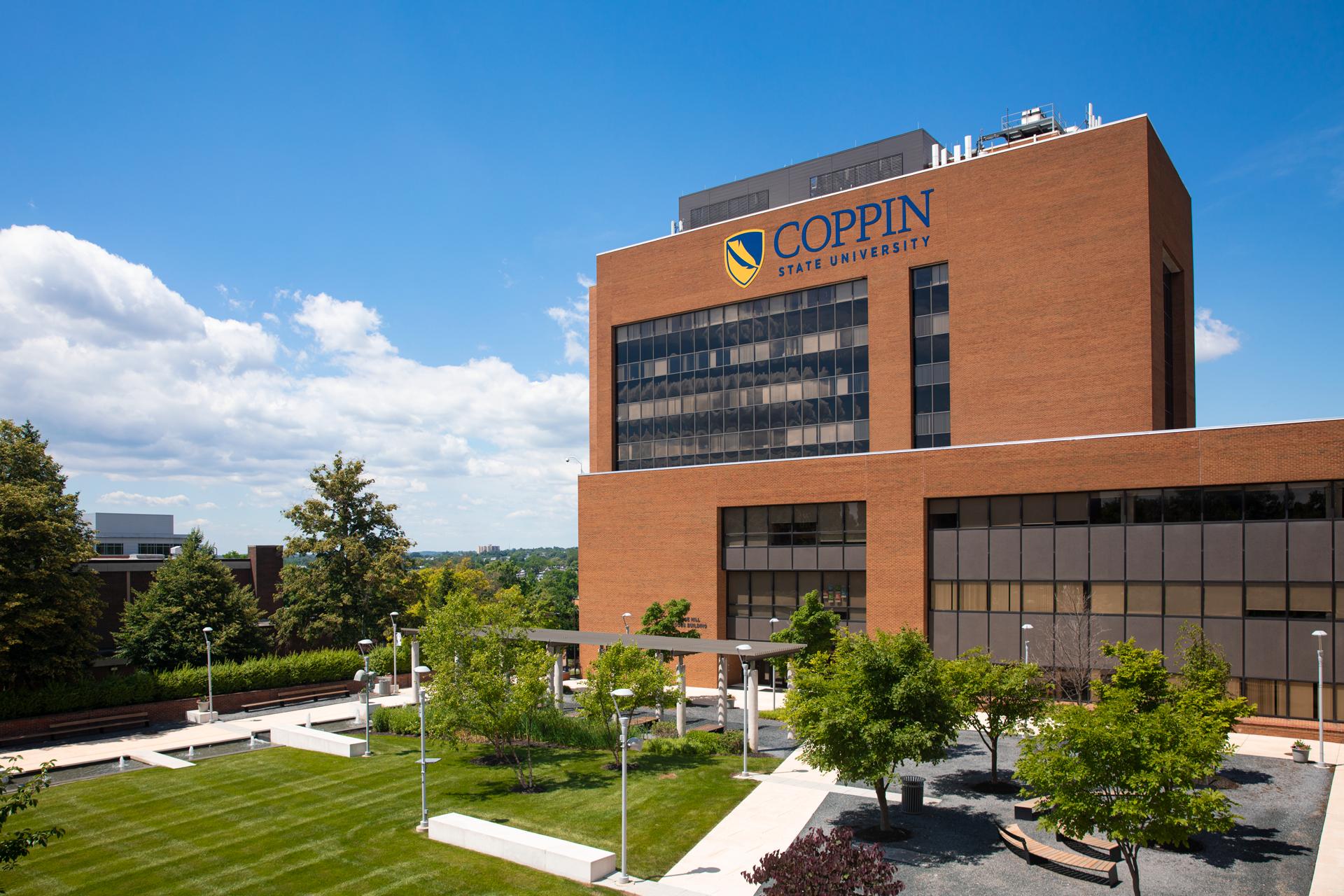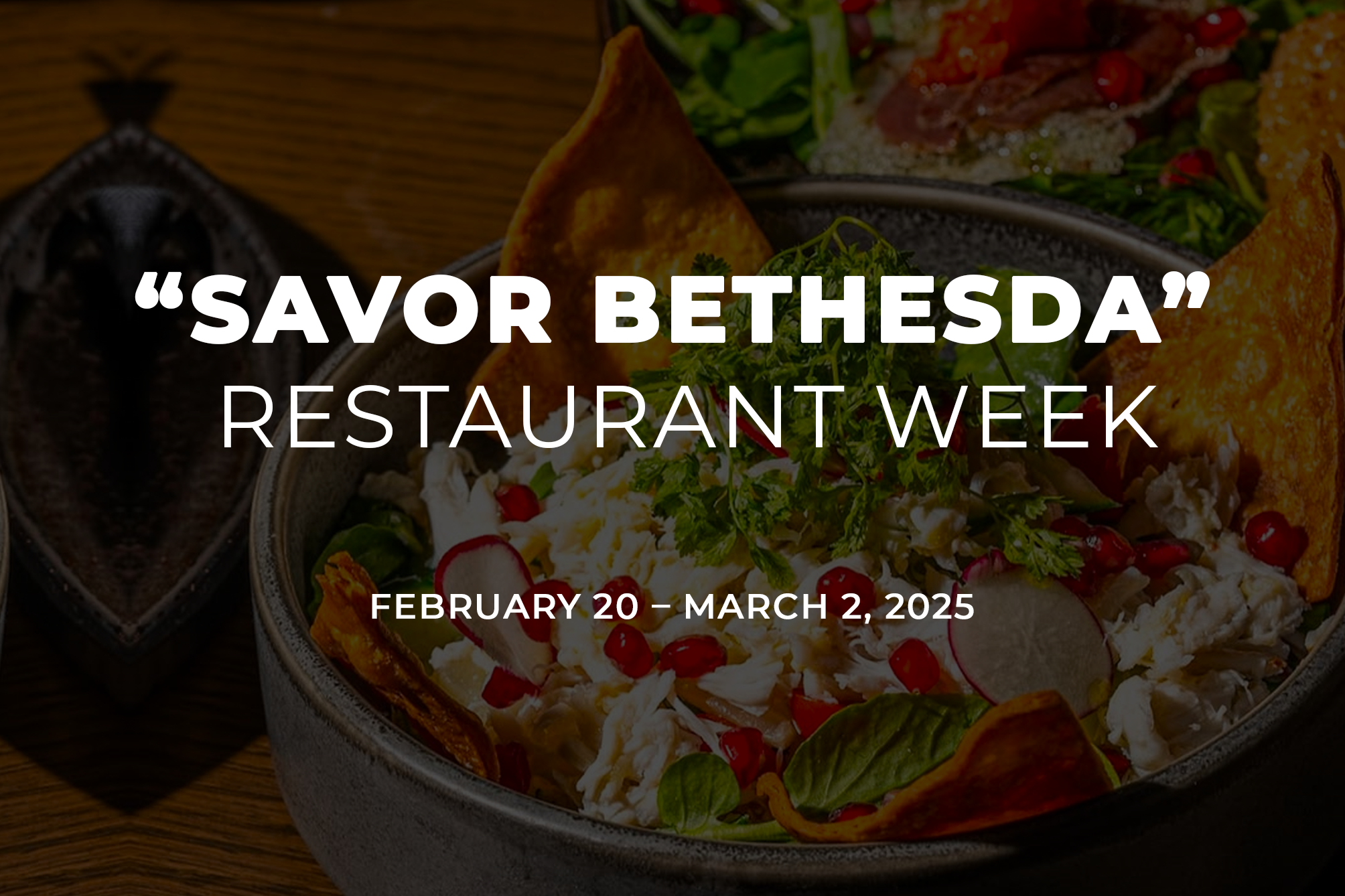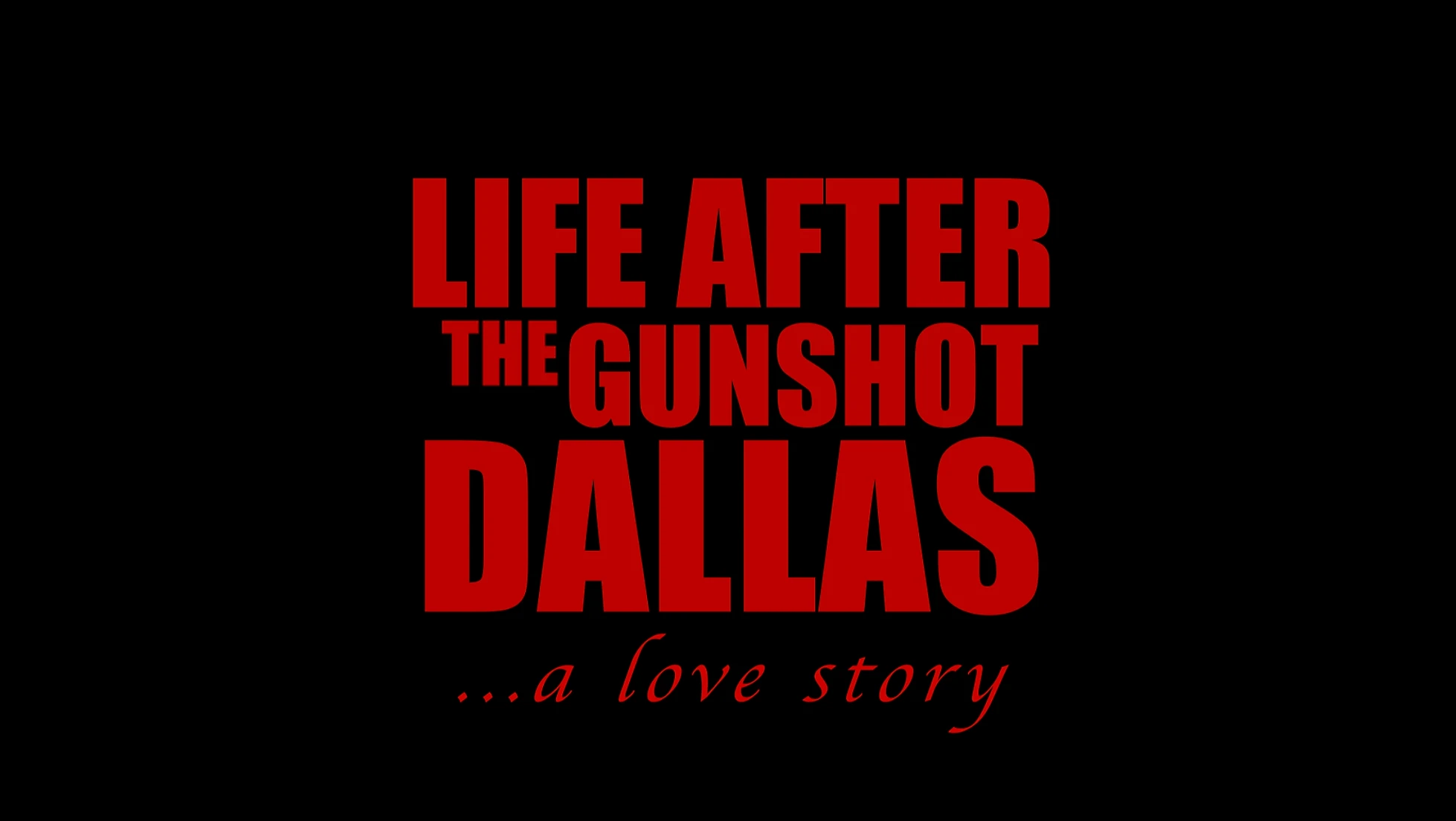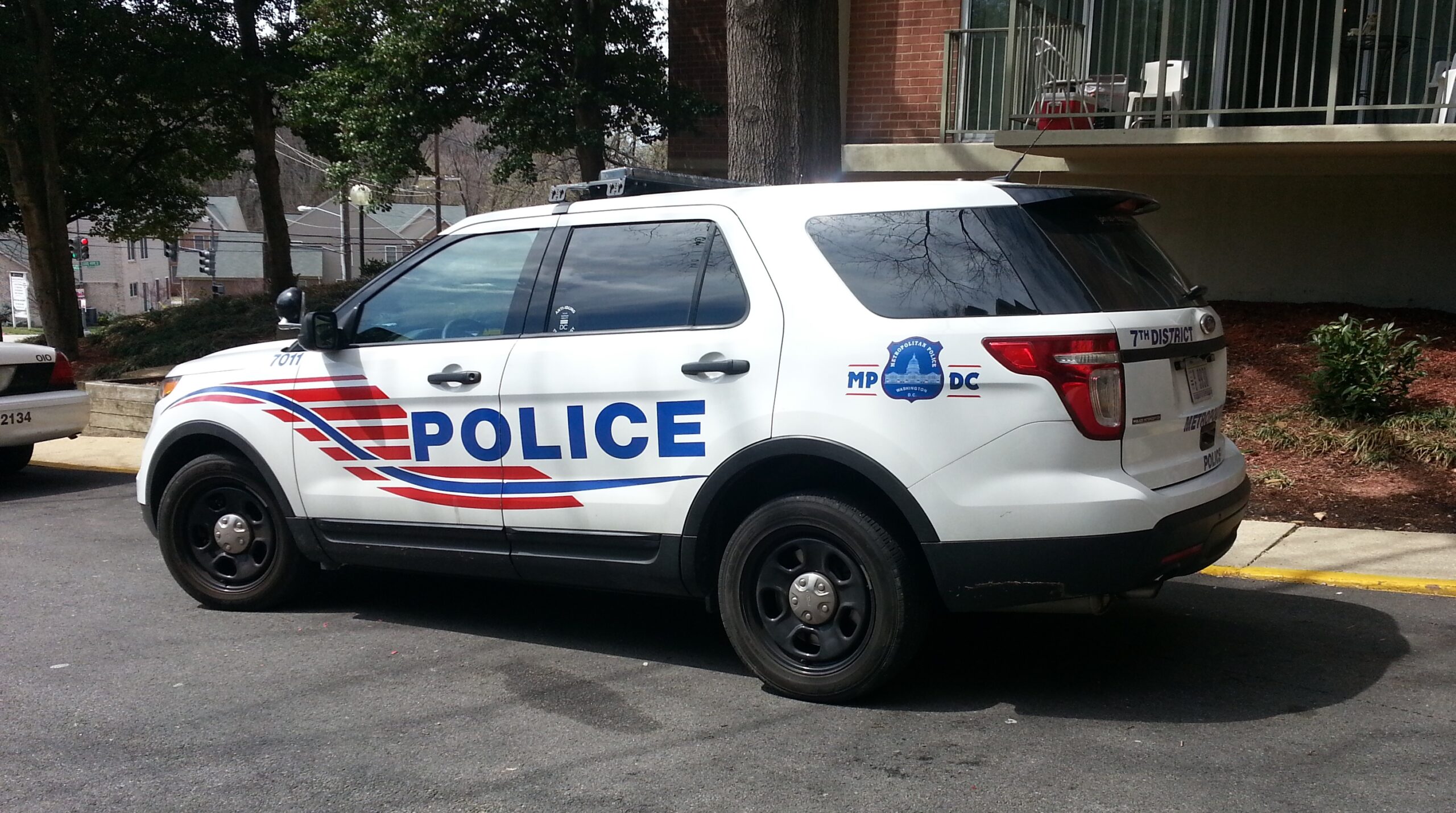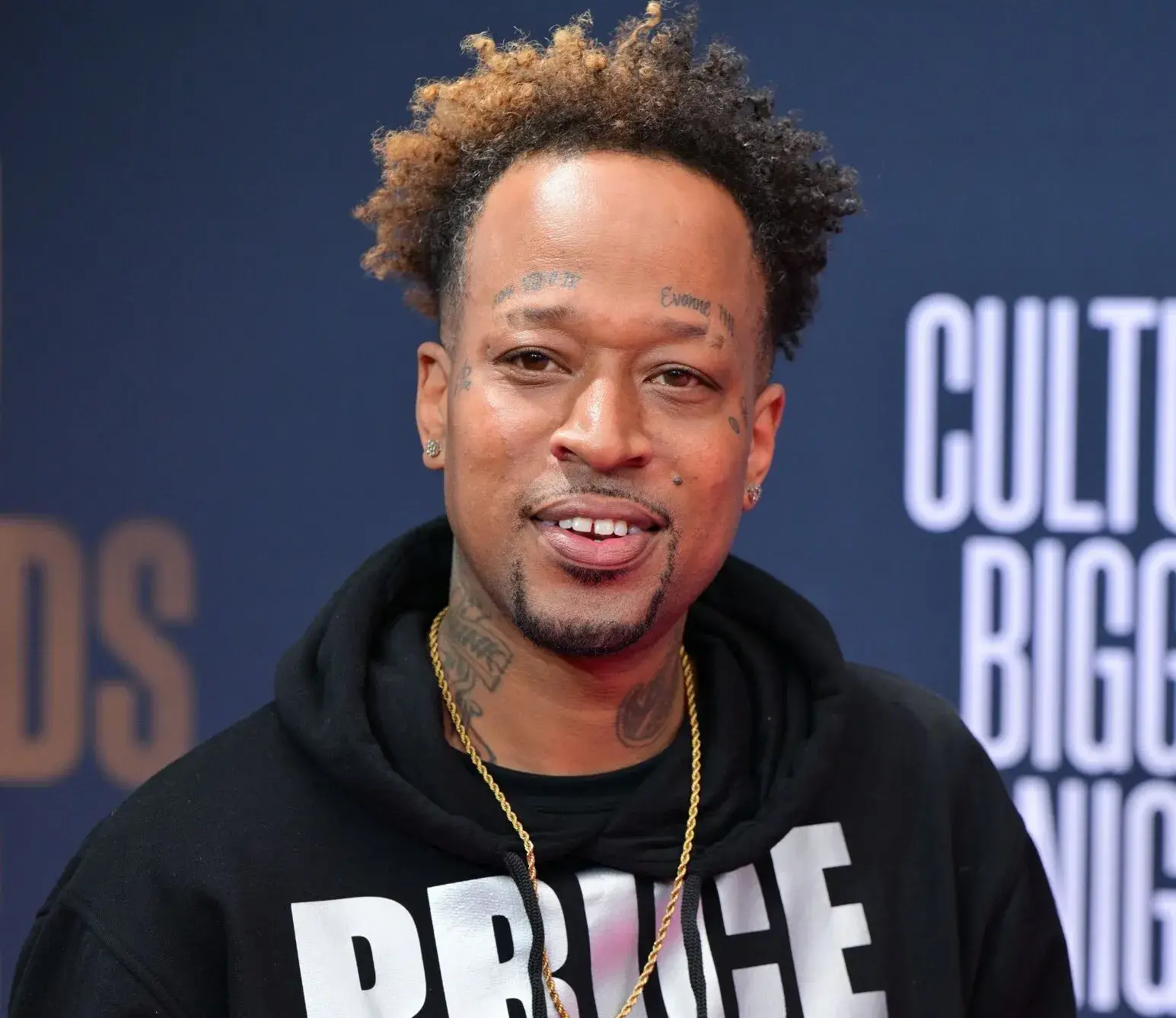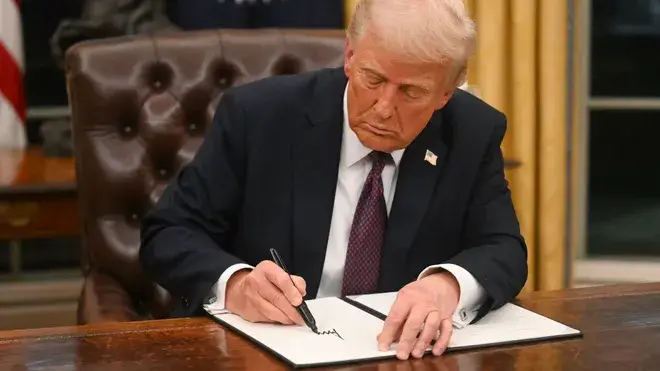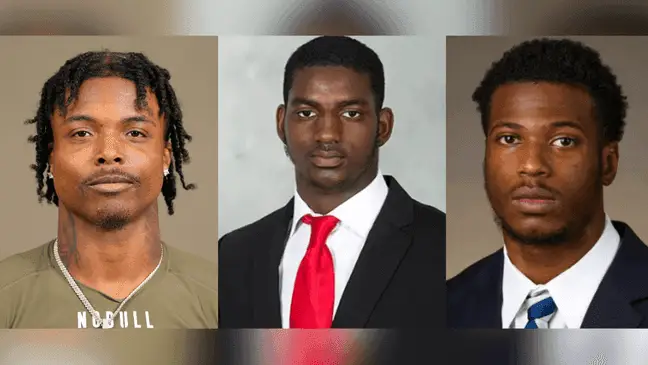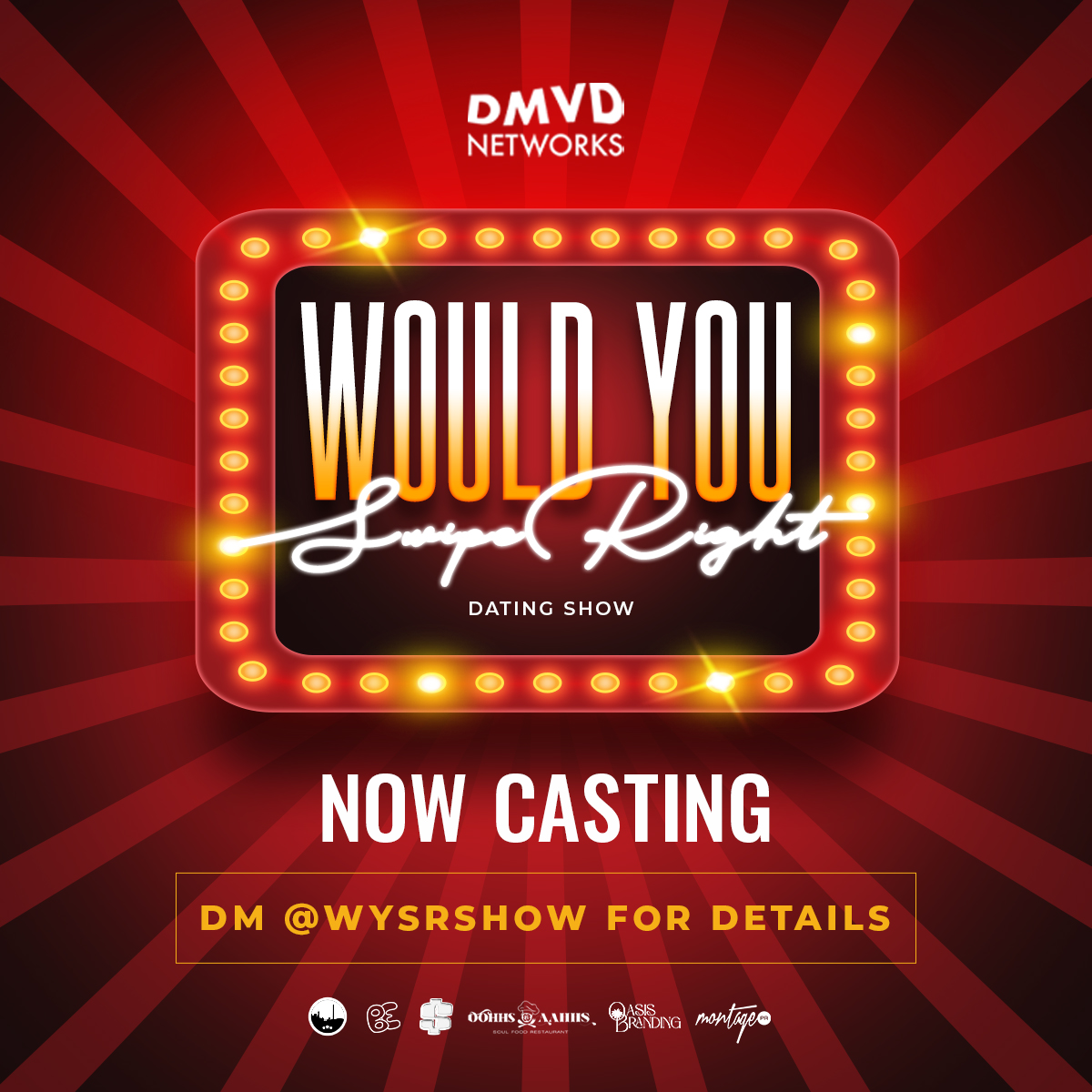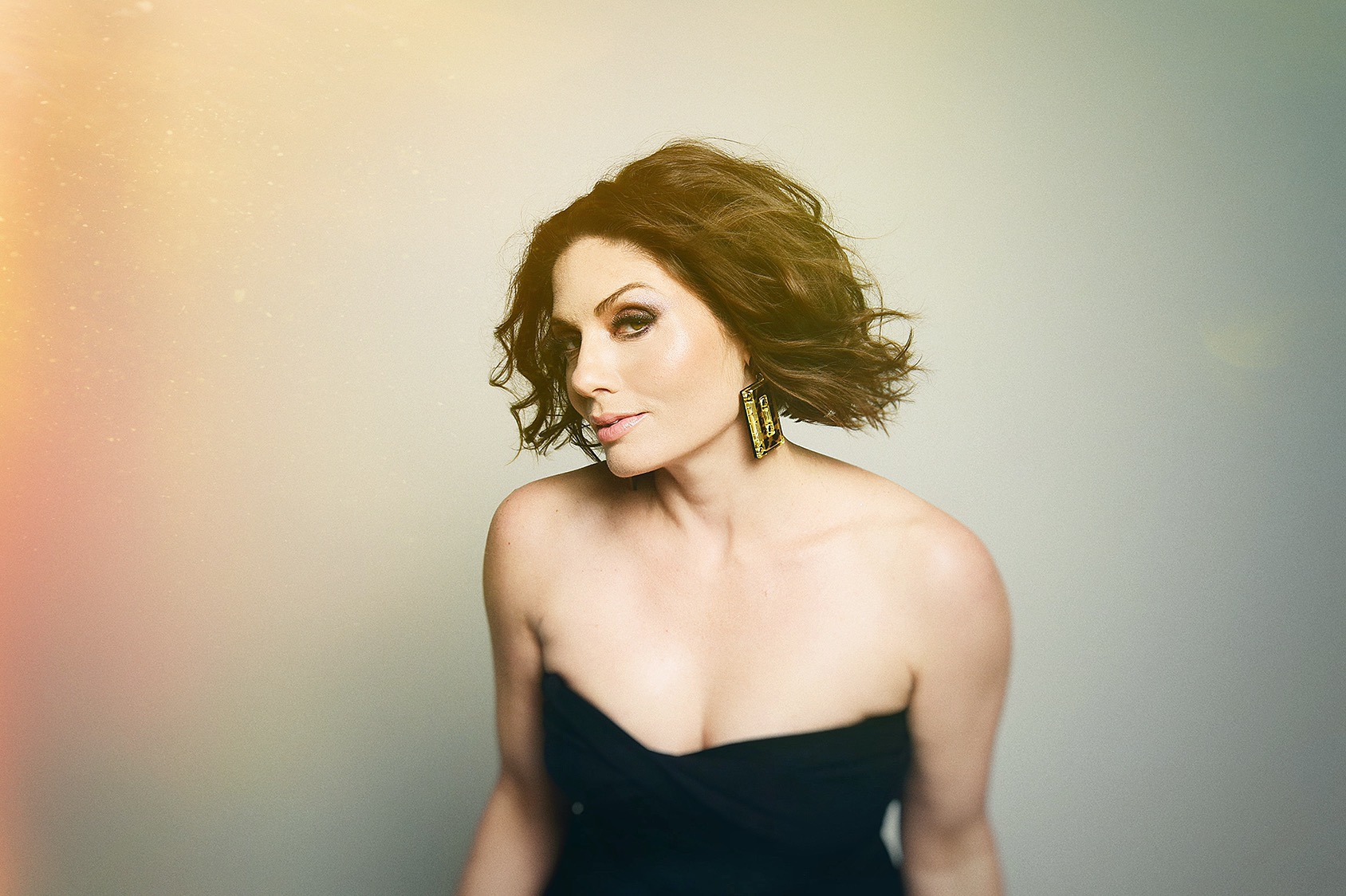
Artist and Activist Drea Pizziconi Releases Gripping New Video For Her Song “This Land”
In 2018, Drea Pizziconi was asked to perform Woody Guthrie’s “This Land is Your Land” at the Blue Note as part of a show featuring protest music. She explains, “I found myself bristling at the thought of me, a white artist, singing a song we were taught as kids represented the idea of America as fair and accessible to all. Especially in front of a mixed audience of many who had grown up with a very different American reality. So I responded by saying that I would only perform if I could write a different song (inspired by that theme) that told a more honest history of how America often evolved by exploiting some of its citizens and ignoring the growing divide between the haves and have nots.”
![]()
“This Land” is a naked reflection on America’s other history – of Native American genocide, slavery, and the subrogation of women and immigrants. The narrative has become more urgent than ever to recall in this current political climate where tensions among citizens have become heightened by growing income inequality and hate crimes are resurgent across the country. The video features members of the Redhawk Native American Arts Council of the Iroquois Tribe (referenced in her lyrics) as well as Pizziconi’s own father, the son of Italian immigrants. It is a reflection of modern-day apathy many of us with privilege have developed towards those Americans who have struggled and sacrificed in silence without the benefit of equal rights or opportunities in a country chasing the ideal of equality while still woefully far from ever reaching it.
“Redhawk Native American Arts Council was honored to take part in this very special project acknowledging the indigenous connections to this land (America), which we call Turtle Island,” said Cliff Mattias of Redhawk Council who was featured in the video with his son Raven. American children in particular grew up listening to the popular folk song “This Land is Your Land” by Woody Guthrie; it was upbeat and celebrated our country’s incredible natural beauty and resources.
“But that wasn’t the whole story he tried to tell,” Pizziconi explains. “In the 1940s, when the song was released, the statement ‘This Land is Your Land’ only applied to white, straight men and their sons. For the rest of us – indigenous, non-white, non-straight, non-male – citizens, the American Dream, which our founding fathers extolled, was completely out of reach.”
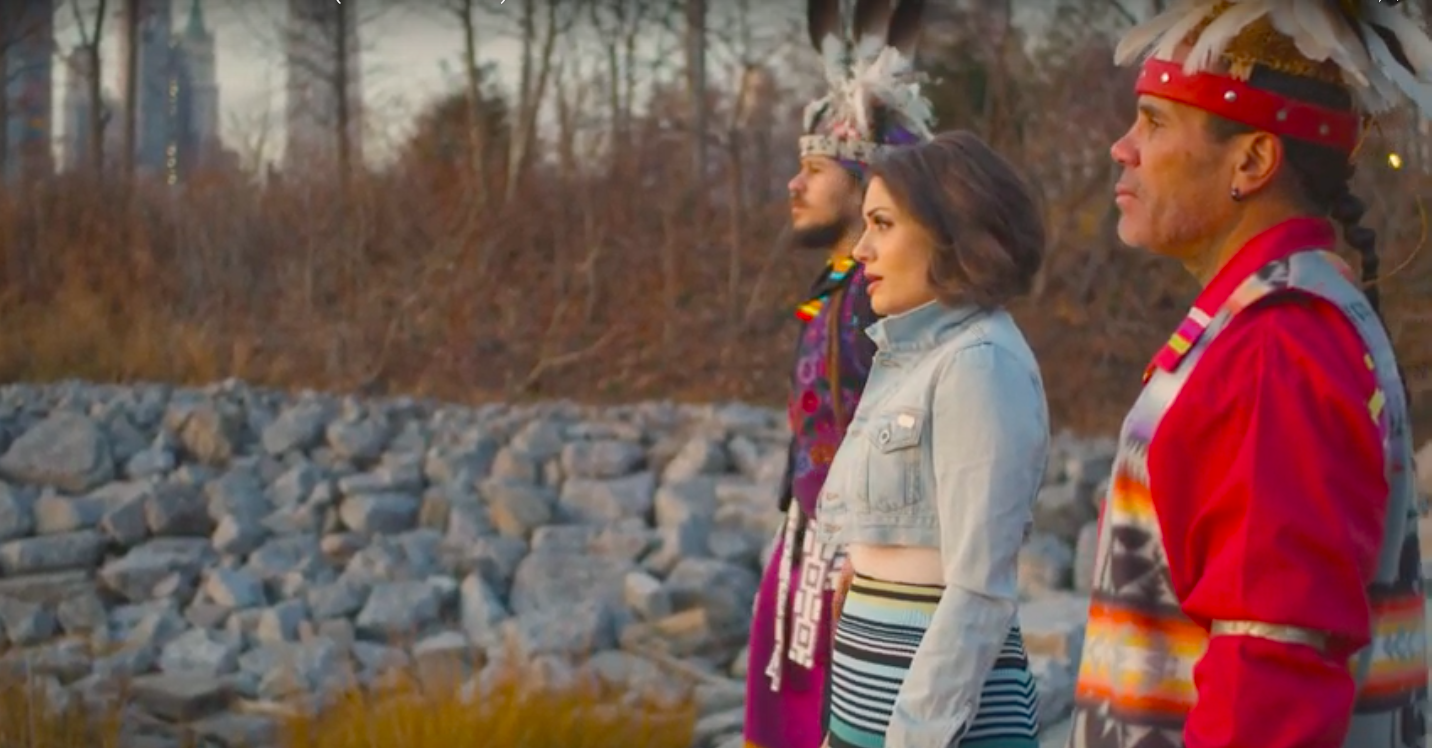
She continues, “Those same groups of Americans didn’t really have a voice and barely had a vote, not to mention a prosperous future.” With income inequality worse than ever, America’s opportunities still evade tens of millions of its citizens. “This is because of the institutional and cultural biases and ‘isms’ that remain in full force today,” notes Pizziconi. Guthrie himself intended for the song to tell a more honest story of inequality in America in his signature way. His song, too, was a protest song, which is better understood through his three unreleased verses that spoke of standing outside walls and in hunger lines wondering if America was indeed made for all of its citizens. Those verses were ultimately not featured in the popular version sung to schoolchildren across the country.
“Even Guthrie wrote the irony of America’s unkept promises when he originally penned the song in 1940, dedicating half of the verses of the original lyrics to protesting on behalf of Americans who were struggling. He asked, ‘Is this land made for you and me?'” said Pizziconi.
On this important anniversary for one of America’s earliest and greatest socially-conscious songwriters, his legacy lives on in younger songwriters such as Pizziconi whom he still inspires to tell the whole truth through his music and writings including his iconic statement “All you can write is what you see.”
VIEW ‘THIS LAND’ VIDEO
Meet Drea Pizziconi
What is your name and tell me about yourself?
Drea Pizziconi. I am equal parts artist, entrepreneur, and activist. But I don’t put myself in a box. They all feed into each other and become of source of my inspiration for what I do. I write what I see in the world…good, bad, and ugly. I write to inspire others to feel, to act, to speak up, to have compassion, to change what they see that’s wrong and to change themselves to the extent that leads to a better world.
What inspired you to start a music career and how long have you been doing it?
I’ve been singing and being creative in various forms since I was a very little girl. There wasn’t a single inspiration. It was a fait accompli. I did take nearly a decade-long break from music in my 20s because I worried the industry wouldn’t let me advance with my dignity in tact. Things have changed a bit since them or maybe I changed and got a lot stronger. What brought me back to it was that I didn’t feel authentic unless I was making music. And I came across so many inspiring stories of overcoming hardships (not to mention my own) that I realized they simply have to be told and best told through music I could write. My need to tell these stories compels me to carry on in music. And I think I’ll never take a hiatus again. Too many stories to share.
What artists in the area have you collaborated with, or want to collaborate with in the future?
I have collaborated with: Keyon Harrold, Common, Queen Latifah, Gregory Porter, Gary Clark, Jr, Nicholas Payton, E.L. Maimouna Youssef. Dap-Kings (horns), Antibalas (horns), Dave Eggar, Oz Noy, Ray Angry, Al Carty, Danny Sadownick, Steven Wolf, Ashley Henry, Ben Williams, and so on. and I’d like to collaborate with Nile Rogers, Judy Collins, Brandi Carlisle, Sara Bareilles, Chance the Rapper, Annie Lennox, Dianne Reeves, Sohnne Manheims, Anthony Ramos, Matthew White, Burnaboy, Willie Nelson, Dixie Chicks, Jon Batiste, Esperanza Spalding, but the list goes on. Some incredibly talented musicians with whom I’d love to work.
What are some obstacles you ran into as a musician , and how did you overcome those obstacles?
I am a female composer and producer. The obstacles are self-evident when less than 3% of composers and producers are women. I’ve had male musicians literally boycott me from being on stage because I had the audacity to speak up and share my creative views at times. I just carried on without them. The show must go on. And the experiences made for great fodder for me to write more great music.
Talk about your latest project, or single.
I’m working on the videos for several of the songs included in the next album. I’m directing and producing most of them, which is exciting because I get to flex different muscles. And I’m writing more music even as I wait to release the three albums I’ve already written (half of which is recorded). If only the industry could release music as fast as we artists can create it!
Top Musical Influences?
Phyllis Hyman, Rickie Lee Jones, Joni Mitchell, Nina Simone, Judy Collins, Roberta Flack, Donny Hathaway, Joan Baez, Ella Fitzgerald, Marian Williamson, Jessye Norman, Kathleen Battle, Audra McDonald, Whitney Houston, Paul Robeson, Marvin Gaye, Tori Amos, Roy Hargrove, Billy Joel, Nancy Wilson, and the list goes on.
What are your future career goals for music? What do you have up next?
I’ll release an album in 2020 and tour more towards the second half of the year. I have put no limits on my career goals. But artists are as good as the support we receive from our fans so it’s a journey we’re starting together. I am excited. And feel very blessed for the support I’ve already received to date.
Where can people find your music and social media?
Spotify, Apple Music, Youtube, and all SM platforms. I’ve only JUST started using Facebook for the first time in my life so be patient with us. But all mediums are current.
Any Shout Outs?
@rayangry @asideofcello @corcoranholt #gabriellefink @ferninthestudio @missionsound who are the musicians and engineers who recorded the song.
